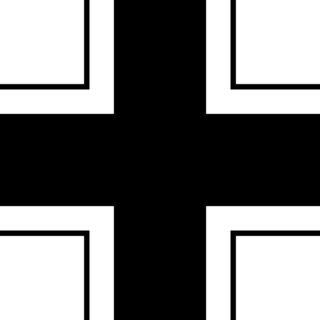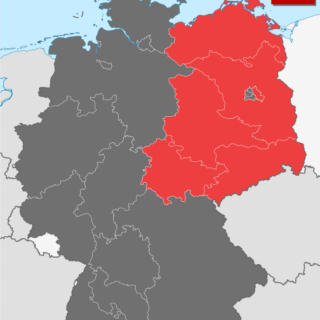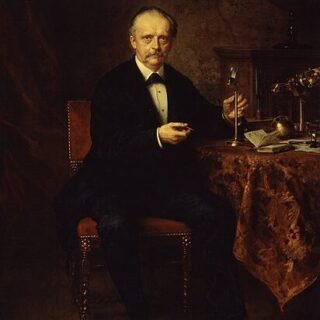German history is a vast and complex subject that spans thousands of years, encompassing a rich tapestry of events, people, and developments.
Ancient Germanic Tribes
The history of the Germanic peoples dates back to ancient times, with various tribes inhabiting the region known as Germania. These tribes had their own distinct cultures and languages.
The Holy Roman Empire
The Holy Roman Empire, established in the 9th century, was a complex political entity that encompassed parts of modern-day Germany and other European territories. It was characterized by the power struggle between emperors and local rulers.
The Reformation
The 16th century saw the emergence of the Protestant Reformation, led by figures like Martin Luther and John Calvin. The Reformation had a profound impact on religious and political life in Germany.
The Thirty Years’ War
This devastating conflict in the 17th century resulted in widespread destruction and loss of life. It had a profound impact on the population and the political landscape of the region.
The Rise of Prussia
The 18th century saw the rise of the Kingdom of Prussia, which played a crucial role in shaping modern Germany. Under figures like Frederick the Great, Prussia became a major European power.
Napoleonic Era and German Confederation
The early 19th century brought the Napoleonic Wars and the eventual dissolution of the Holy Roman Empire. The German Confederation emerged, a loose union of German states.
Revolution of 1848
A wave of revolutions swept through Europe in 1848, including Germany. While these revolutions did not result in lasting change, they contributed to the development of German nationalism.
Unification of Germany
Otto von Bismarck, the “Iron Chancellor,” played a central role in the unification of Germany in 1871. The German Empire, led by Prussia, was proclaimed, with Wilhelm I as its first emperor.
World War I
Germany’s involvement in World War I and its aftermath, including the Treaty of Versailles, had profound consequences for the country and set the stage for future conflicts.
Weimar Republic
Following World War I, the Weimar Republic was established in Germany, a period marked by economic difficulties and political instability.
Rise of the Nazis
The 1930s saw the rise of Adolf Hitler and the National Socialist German Workers’ Party (Nazi Party). Hitler became Chancellor in 1933, leading to the establishment of a totalitarian regime.
World War II
Nazi Germany’s aggressive expansion led to World War II, resulting in widespread destruction and the Holocaust, the systematic genocide of millions of people.
Post-War Division
After World War II, Germany was divided into East and West Germany, with the Berlin Wall symbolizing the Cold War division. The Federal Republic of Germany (West Germany) and the German Democratic Republic (East Germany) had distinct political and economic systems.
Reunification
The fall of the Berlin Wall in 1989 and the subsequent reunification of Germany in 1990 marked a historic moment. Germany became a unified nation once again.
Modern Germany
Since reunification, Germany has become a major player in European and global affairs. It is known for its strong economy, cultural contributions, and commitment to democracy.







































